This safety standard covers each aspect of the design and maintenance of electrical power generators used in a commercial environment. It includes specific details on the selection of components and materials used to construct the generator as well as the installation of components such as fans, filters, and cooling fans.
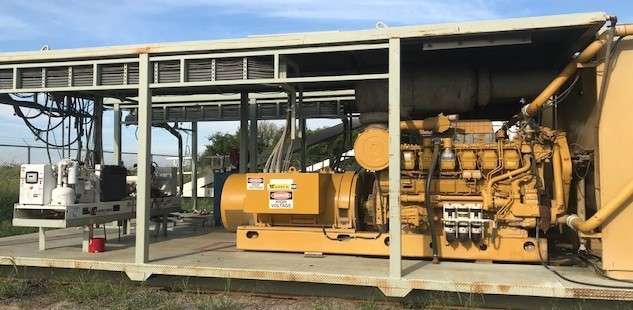
One of the most important aspects of running a business, especially a manufacturing unit, is electricity. And when it is about ensuring your work keeps going without hindrance, Standby Generators are one of the most reliable sources of power out there.
They are not just useful but are truly inevitable when it comes to combating power outages and meeting emergency power needs, as they can efficiently overcome the resultant hindrances thereby ensuring business continuity.
While most portable generators are convenient to install and often easy to use, their capability to function automatically during power outages can sometimes prove to be non-conducive, if all standard procedures and adequate precautions are not followed. This includes precautions during setup, operation, and maintenance.
Let’s understand some of the crucial generator safety guidelines that one must follow for all diesel generators.
Table of Contents
Installation Procedures
The generator should always be installed, serviced, and repaired only under the guidance and preferably by authorized service dealers since they know the in and out of them.
You can also opt for competent, qualified, and certified technicians who have ample knowledge of the equipment and those who always comply with defined standard operating procedures, and all applicable codes and regulations.
Interestingly, the National Fire Protection Association (NFPA) has also published several booklets around standards pertaining to standby electric systems that offer all necessary and important information on “Standards for Emergency and Standby Power Systems.”
Generator Safety Tips
Inspect Your New Generator
When unpacking the generator from shipping cartons, it is important to first conduct a thorough inspection to detect damages that may have occurred during shipment
Make Sure the Generator Capacity Meets your Power Requirement
You must check if the rated amperage/wattage capacity of the generator is enough to handle all the intended loads during any power outage, as per the power needs of your facility. One can also group all critical loads together and wire them independently into an exclusive distribution panel.
Ensure Apt Placement of the Generator
In order to ensure it gets sufficient air for cooling and ventilation in an unobstructed manner, the generator should be placed outdoors in a protective enclosure preferably on a level surface that is non-combustible and non-conducting, and a little above the ground level in order to prevent any contact from rising water levels during monsoon.
This will also help avert CO poisoning.
Ensure Ideal Placement for Consistent Fuel Supply
It is also important to note that the diesel generator is installed in close proximity to the transfer zone to ensure a smooth switch and the fuel supply, and also to reduce the required length of cabling and piping.
In most cases, you might have to seek a permit if you also intend to store a large fuel tank for the same since the construction, fuel pipe sizing, and layout of the structure must comply with the NFPA 54 laid out for natural gas applications and NFPA 58 for liquid propane applications.
Optimal Charging of Battery is a Must
The batteries used in the portable generator must be completely charged before they are inserted into the generator for seamless operation.
Have a Qualified Technician On Board
For portable generators, in most cases, a grounding lug is provided to ground the frame as well as the external conducting parts of the equipment. It is therefore essential that you consult only a qualified electrician when installing and even running a generator to assess and determine the grounding requirements and then follow all the procedures that meet local regulations.
Wall Mount the Transfer Switch
The transfer switch must be wall-mounted and all of its points should be at level with each other if you want to completely prevent distortion of the switch. Use extension cords wherever needed.
Automatic Transfer Switch is the Key
Industrial generators should be connected to the electrical system supplied by the utility only through the automatic transfer switch to ensure isolation between the utility distribution system and the generator’s electric system.
Safety Precautions When Maintaining & Installing Generators
Let’s look into a few hazards that can be avoided when you follow safety precautions.
General Hazards
The setup, operation, maintenance, and repair of the generator must always be in compliance and in accordance with the manufacturer’s instructions and recommendations.
The portable generator and all related equipment must be regularly inspected by skilled technicians only and any defective or damaged parts must be replaced. Using a generator, without the guidance of skilled technicians, can prove to be detrimental to the generator’s health, and to the overall space in which the diesel generator is being used.
Along with this, it is essential that the operating personnel, as well as the utility workers, remain alert at all times while working with the generator.
CO Poisoning
Exhaust fumes that are emitted by diesel generators often contain poisonous gases such as Carbon Monoxide CO, which can be life-threatening and cause serious health implications when inhaled in large quantities. To steer clear from any risk of CO poisoning, the exhaust systems must be properly installed, and adequate ventilation is allowed to enable the unobstructed flow of cooling and ventilating air.
Fire Hazard
Any combustible material such as dried leaves wooden twigs, paper waste lying around the diesel generator can pose a fire hazard.
Electrical Hazards
The power voltage supplies connected with the generator must be turned off at the source when you are installing or servicing the generator.
Along with this, electrical connections such as wires, cables, and terminals should also be properly insulated and covered, and should never be touched with bare hands or if in contact with water to prevent the occurrence of an electric shock.
The entire frame of the generator and all external conducting parts must always have proper grounding/earthing wiring and should never be disconnected.
It is also crucial that all the selected wiring, cable, and cord sets are of the recommended capacity.
Explosion Hazards
If you have installed a diesel generator, smoking anything in the vicinity must be avoided at all costs since it can be fatal.
Any fuel or oil spills around the generator or any kind of leakages from the unit’s fuel system and fuel supply lines must be looked into without any delay.
Along with this, the presence of any combustible material around the generator can pose the risk of an explosion.
To combat any hazard, a fire extinguisher should always be readily available near the generator.
Regular Maintenance Schedules
The best practice for portable generators is to opt for annual, semi-annual, and/or quarterly maintenance schedules in order to increase the reliability and life of the equipment. When the generator is regularly inspected and exercised, it will deliver consistent output as per expectations.
Also, proactive maintenance help in detecting damages and defects in the battery or any other part at an early stage, thus allowing one to take preventive measures in a timely fashion.
Most importantly, for safe and effective use of the diesel generator in emergency situations, it is important to strictly abide by all the guidelines and instructions detailed in the manual.
At Swift Equipment, we take immense pride in the fact that our team of expert technicians is well-versed with all the safety protocols for any and every diesel generator you might own and are therefore more than adept at ensuring the regular maintenance and flawless operation of your commercial generators all across Houston.
Commercial Generator Safety Guidelines FAQs
What are some generator safety tips for Diesel Generator Guidelines that every business owner must know?
One of the most important commercial generator safety tips is to follow the manufacturer’s instructions at all costs. In addition to the same, adhering to the below-mentioned measures can help enhance generator safety.
- Unless otherwise specified, place the generators outside.
- Update your CO alarms.
- Look for the right labels.
- Place the diesel generator in a cool and dry area.
- Do not plug the generator into a wall outlet.
- Avoid simple fire hazards.
If commercial generator is placed indoors, what should be the dimension of the room?
Make sure that the generator is placed at a distance of at least 5 feet from all doors, windows, and other fresh air ventilators. Leave a minimum of 3 feet room in front of the generator, to ensure ample space for the servicing technicians.
Unfortunately, this is one of the most underrated generator safety tips.
How Is A Commercial Generator Different from a Residential Generator?
Commercial generators are larger, placed in a stationary location, and built more sturdier than a home generator. They are quieter than their domestic counterparts, work on different fuel types, and can function for years if maintained correctly.
Where Can We Place The Commercial Generator?
Unlike residential generators, which can be placed in closed spaces, basements, etc., commercial generators need to be placed in a well-ventilated, outdoor location away from windows and doors.
Why Should I Not Place My Commercial Generator Indoor?
The heavy-duty generator releases Carbon monoxide (CO), which when released in closed spaces could cause poisoning.
What is Backfeeding?
Backfeeding is when the power from your generator feeds back into the utility line. This could pose a grave threat to the utility workers.
How to Avoid Backfeeding?
The transfer switch on your commercial generator prevents this from happening. But make sure it receives regular maintenance to avoid accidents.

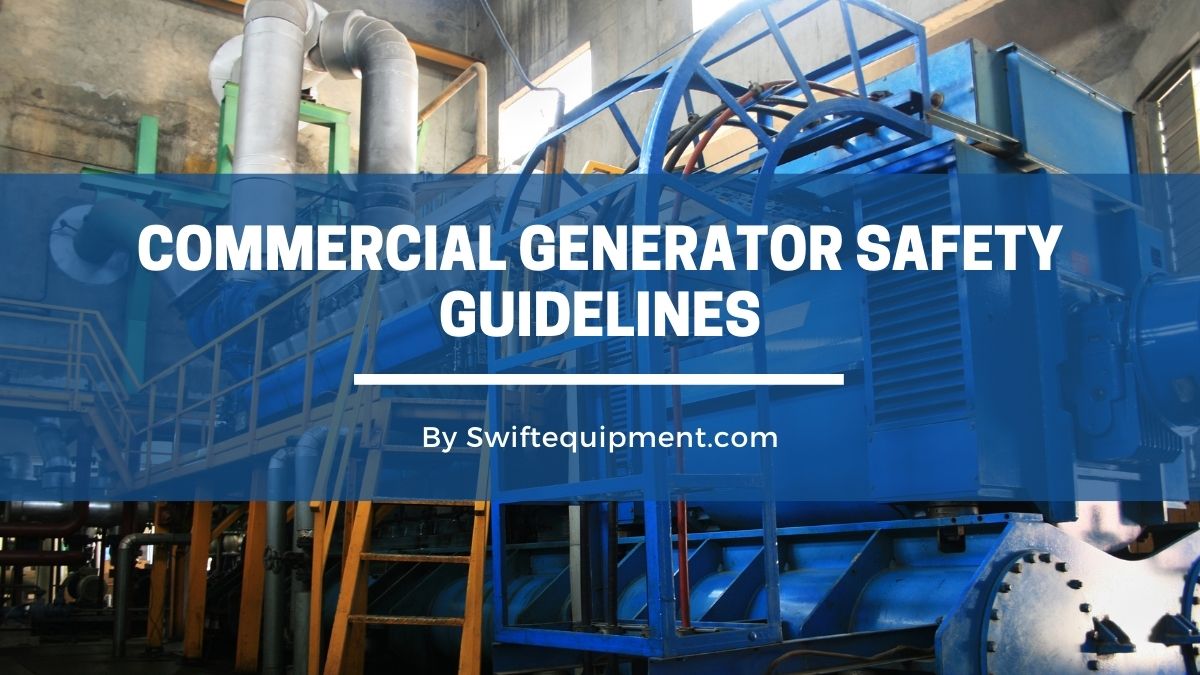

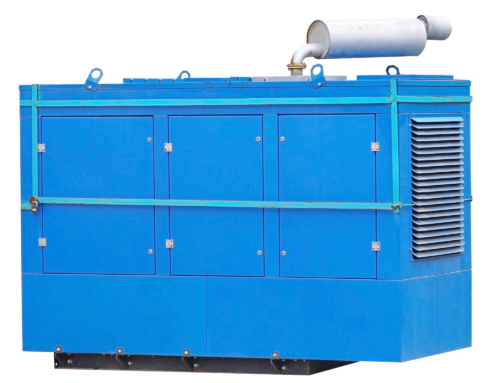
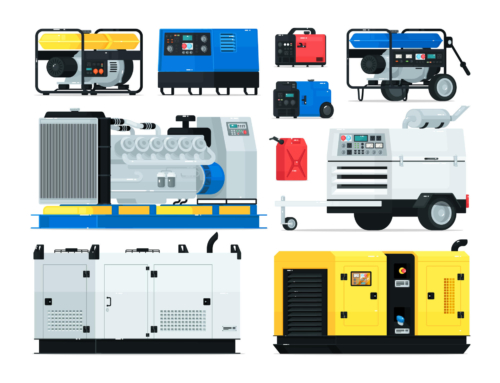
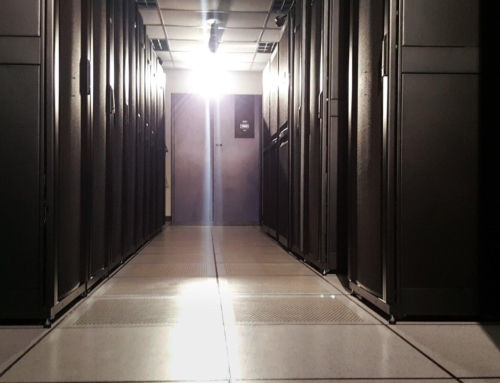
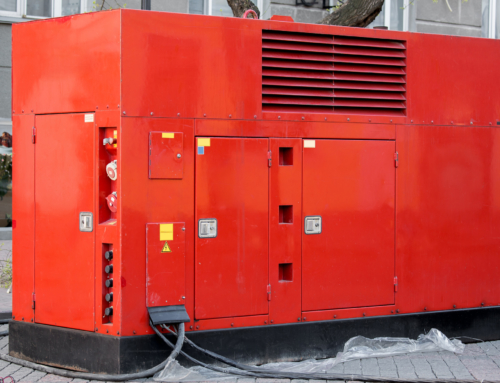
Leave A Comment